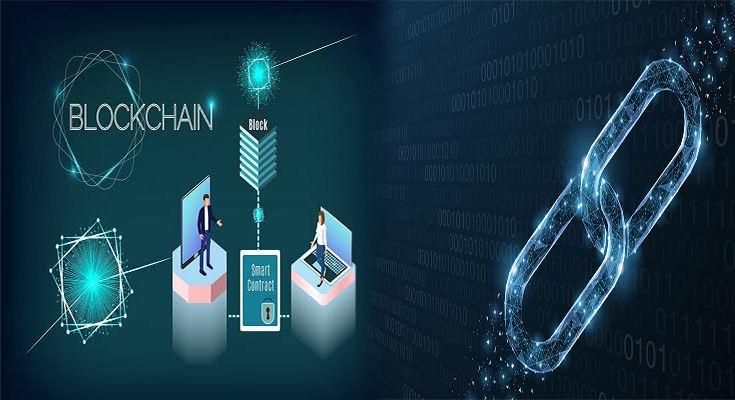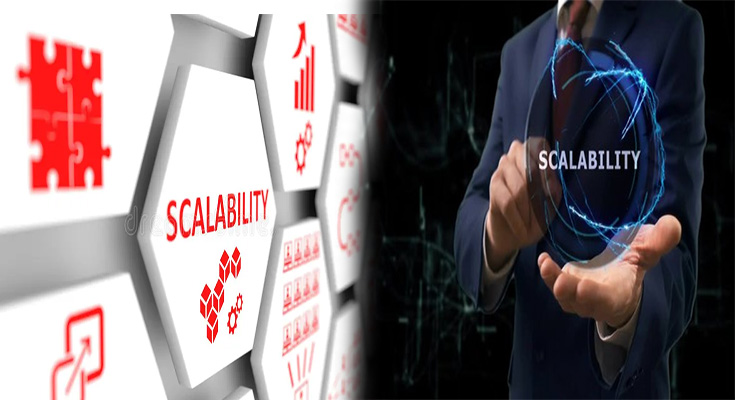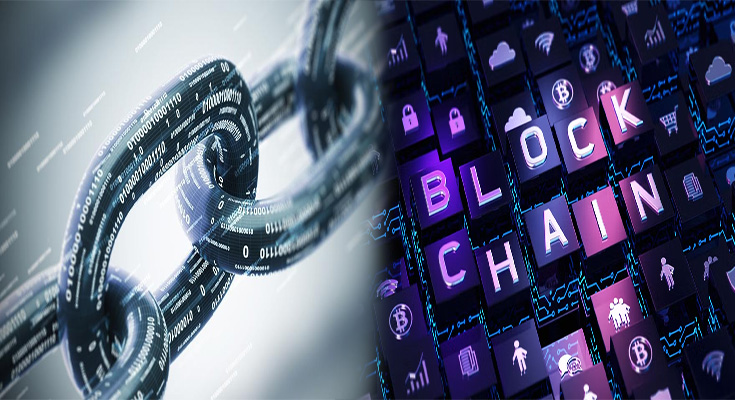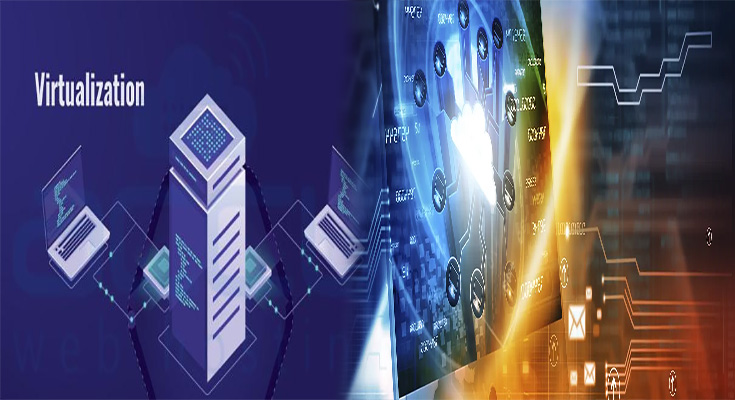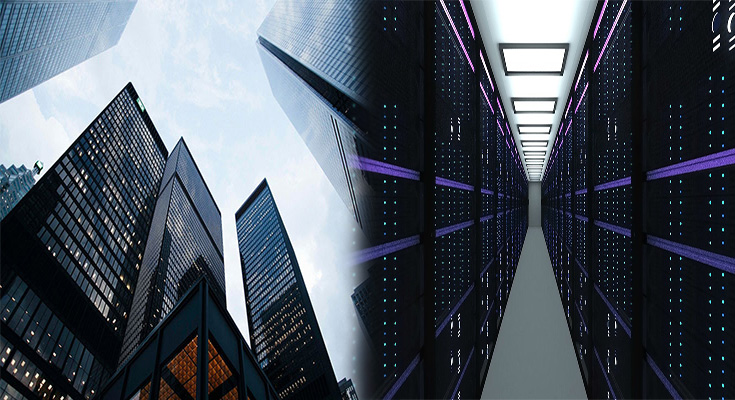
How Multi-Tenancy Works In The Data Center
Multi-tenancy is a way to separate tenants in the same data center. It creates a virtualized layer between tenants and service providers, so they don’t have to share anything. Tenants are assigned a dedicated compute environment. They create their own OS images, select their own software applications, configure their own network settings and manage their own security policies. Multi-tenancy saves money for both providers and tenants by enabling each party to scale their infrastructure independently. For example, if one tenant needs more computing power, they can make that change without affecting other tenants. This provides flexibility in terms of scaling up or down an environment as needed by the tenant. Each tenant’s workloads are isolated from other tenants’ workloads at all layers of the datacenter–from compute to storage to networking–which eliminates any potential conflicts.”


